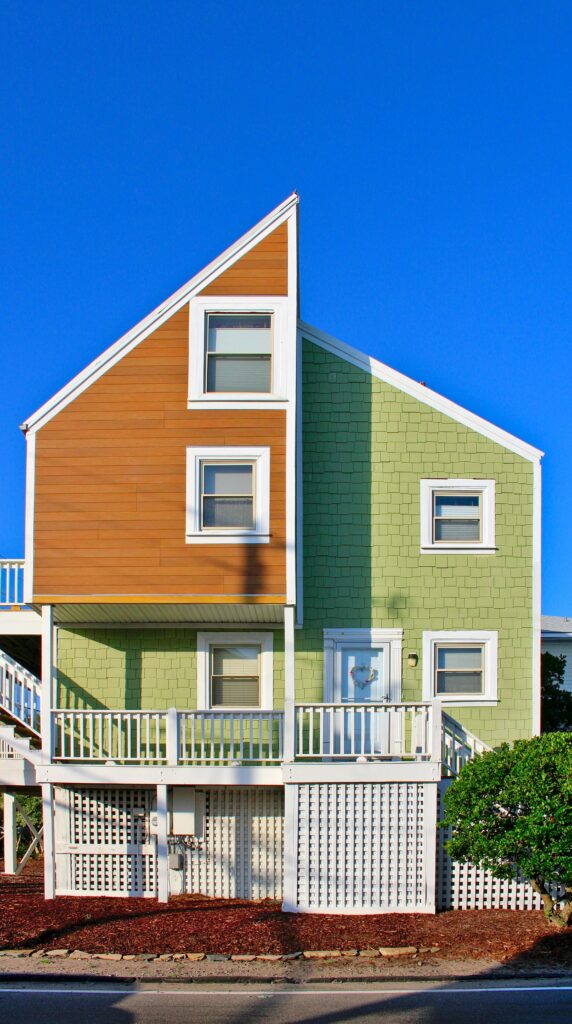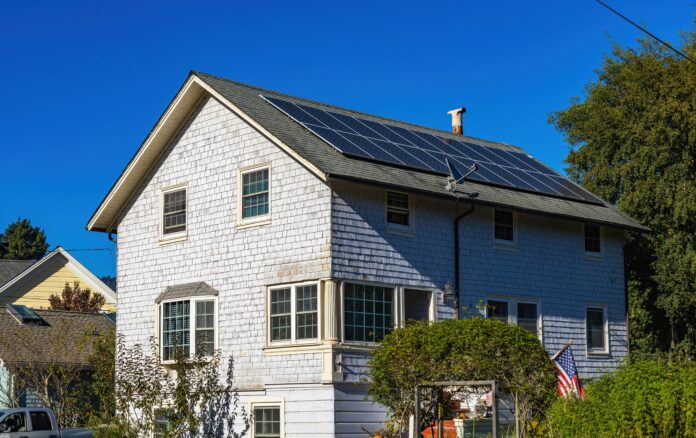Introduction
- Top Siding Insulation Benefits: How It Enhances Energy Efficiency
- 1. The Role of Siding in Home Insulation
- 2. Types of Siding and Their Insulation Properties
- 3. How Insulated Siding Works
- 4. Energy Savings and Insulated Siding
- 5. Additional Benefits of Energy-Efficient Siding
- 6. Best Practices for Installing Energy-Efficient Siding
- 7. Climate Considerations for Siding Choice
- Conclusion
Upgrading your home’s exterior with siding insulation benefits not only enhances comfort but also delivers significant energy savings in siding solutions. Properly insulated siding acts as a protective barrier against outdoor elements, keeping your home warm in the winter and cool in the summer. By reducing heat loss and minimizing drafts, energy-efficient siding can lower heating and cooling costs, easing the strain on HVAC systems and reducing your monthly bills. In this guide, we’ll explore top siding materials, their insulation advantages, and how investing in energy-efficient siding enhances your home’s value and performance.
Top Siding Insulation Benefits: How It Enhances Energy Efficiency

Investing in siding with insulation can provide numerous siding insulation benefits that enhance your home’s energy efficiency and reduce utility bills. Insulated siding includes an added layer of foam backing that increases the siding’s thermal resistance, helping to maintain a stable indoor temperature year-round. This feature prevents warm air from escaping during the winter and keeps cool air in during the summer, reducing the demand on your heating and cooling systems.
1. The Role of Siding in Home Insulation
Siding acts as the first line of defense against outdoor elements, including temperature fluctuations, wind, and moisture. While it may not directly insulate a home in the same way that fiberglass or foam insulation does, siding contributes significantly to the home’s thermal envelope, helping to maintain a stable indoor temperature. When combined with proper insulation, siding can prevent warm or cool air from escaping, thereby reducing the strain on heating and cooling systems and lowering energy costs.
2. Types of Siding and Their Insulation Properties
Different siding materials offer varying levels of insulation and energy efficiency. Here’s a look at popular siding options and how they perform:
- Fiber Cement Siding: Fiber cement is durable and provides moderate insulation. While it doesn’t have the same insulating properties as insulated vinyl, fiber cement pairs well with additional wall insulation and is resistant to moisture, making it a good choice for many climates.
- Wood Siding: Wood is a natural insulator and provides moderate thermal protection. However, wood requires regular maintenance to remain effective against moisture. Wood siding works well when combined with additional insulation layers in colder climates.
- Metal Siding: Metal siding, such as aluminum or steel, is less insulating than other materials, but it’s durable and resistant to weathering. Metal siding is often combined with insulated panels to improve its energy efficiency.
3. How Insulated Siding Works
Insulated siding features a layer of foam backing that adheres to the back of the siding material, providing an additional layer of thermal resistance. This foam backing helps to reduce heat transfer, keeping warm air in during winter and cool air in during summer. Insulated siding also eliminates gaps between the siding and the home’s wall, reducing the possibility of drafts. Key benefits of insulated siding include:
- Increased Thermal Resistance: The foam layer enhances the siding’s R-value, or thermal resistance, reducing the amount of energy needed to maintain comfortable indoor temperatures.
- Reduced Noise Pollution: Insulated siding also acts as a sound barrier, blocking some exterior noise.
- Improved Moisture Control: Insulated siding helps to prevent moisture buildup by keeping a tight seal between the siding and the home, reducing mold and mildew risks.
4. Energy Savings and Insulated Siding
Upgrading to insulated siding can lead to significant energy savings. Studies have shown that insulated vinyl siding, for instance, can reduce heating and cooling costs by 15% or more. In regions with extreme temperatures, insulated siding helps maintain a stable indoor temperature, reducing the demand on HVAC systems and prolonging their lifespan.
- Cost vs. Savings: While insulated siding may have a higher upfront cost, the energy savings over time often make it a worthwhile investment. With lower utility bills and a more comfortable home, the return on investment can be substantial.
- Resale Value: Energy-efficient upgrades, like insulated siding, add value to a home and are appealing to eco-conscious buyers looking for long-term savings.
5. Additional Benefits of Energy-Efficient Siding
Beyond reducing energy bills, energy-efficient siding has other advantages:
- Environmental Impact: By lowering energy consumption, energy-efficient siding reduces your home’s carbon footprint. Less energy demand translates to fewer greenhouse gas emissions, making energy-efficient siding a sustainable choice.
- Indoor Comfort: Insulated siding minimizes temperature fluctuations, creating a more comfortable indoor environment. With less draft and temperature variation, rooms stay consistently warm in winter and cool in summer.
- Moisture and Pest Resistance: Many energy-efficient siding materials come with enhanced resistance to moisture and pests, protecting the structural integrity of your home and preventing damage from mold and insects.
6. Best Practices for Installing Energy-Efficient Siding
For optimal insulation and energy savings, proper installation is essential. Here are some best practices:
- Use a Weather Barrier: Install a weather-resistant barrier between the siding and wall. This barrier adds another layer of insulation, preventing air leaks and moisture infiltration.
- Check for Gaps and Seals: Ensure the siding is tightly sealed around doors, windows, and other openings to eliminate drafts and air leaks.
- Combine with Wall Insulation: If your home lacks adequate insulation, consider adding or upgrading wall insulation before installing new siding. Combining insulated siding with good wall insulation maximizes energy efficiency.
7. Climate Considerations for Siding Choice
Different climates have different demands when it comes to siding. Here’s a look at which siding materials work best in specific climate conditions:
- Cold Climates: Homes in cold regions benefit from insulated vinyl or fiber cement siding, which helps retain heat and reduce energy costs during winter months. Choosing to side with a higher R-value is beneficial.
- Hot Climates: In warm areas, materials that resist UV damage and heat, like fiber cement and insulated vinyl, work well. These materials can reduce the cooling load on HVAC systems.
Conclusion
Choosing the right siding for your home has a major impact on insulation, energy efficiency, and utility costs. With options like insulated vinyl, fiber cement, and engineered wood, homeowners have a range of materials that can enhance their home’s comfort and energy performance. Whether you’re looking to save on energy bills, reduce environmental impact, or improve indoor comfort, upgrading your siding is a smart investment in both your home and its future value.














